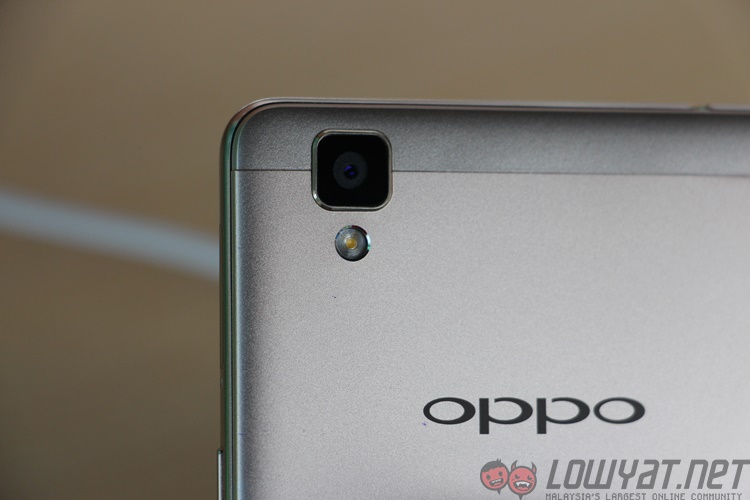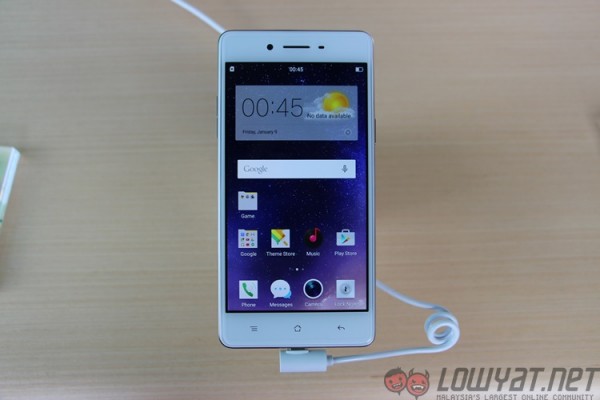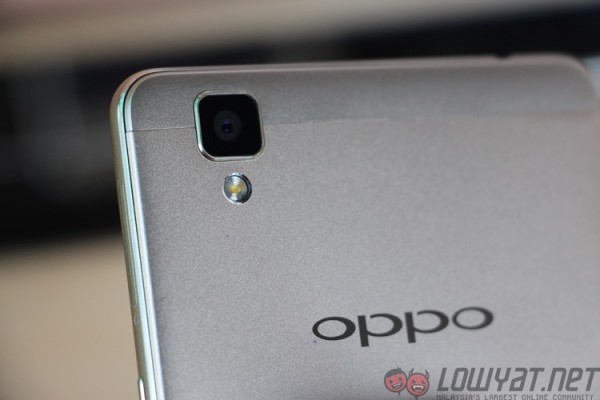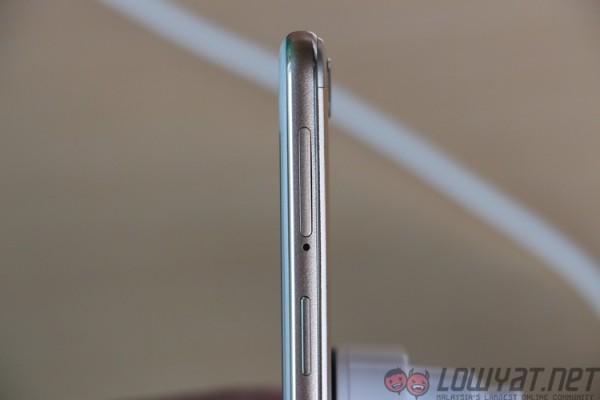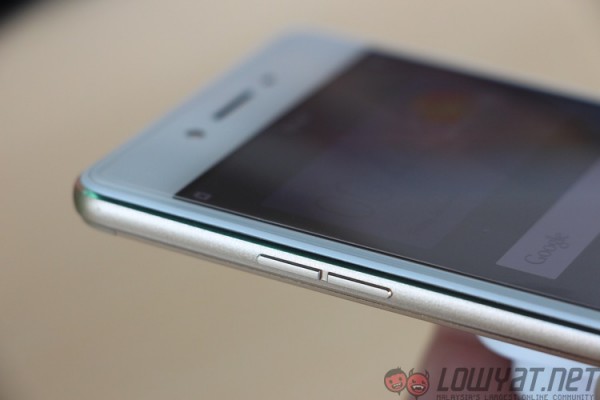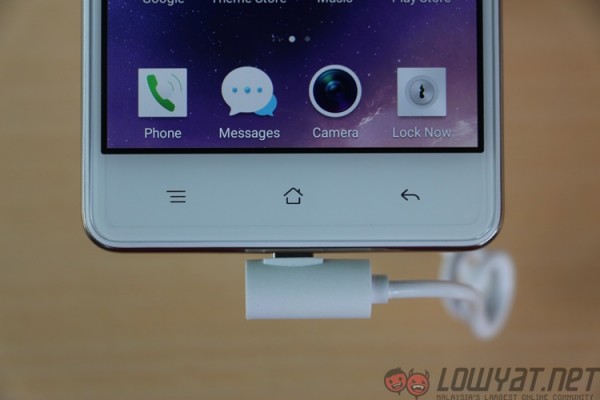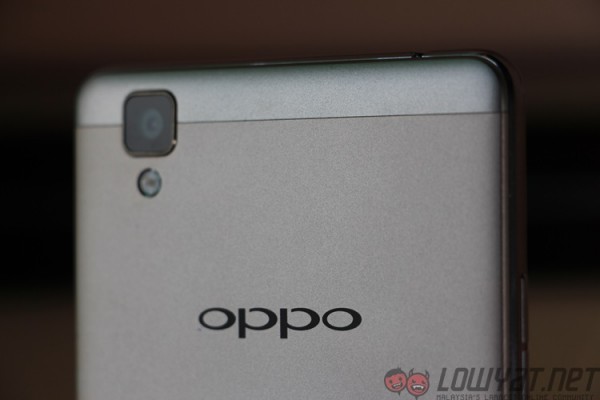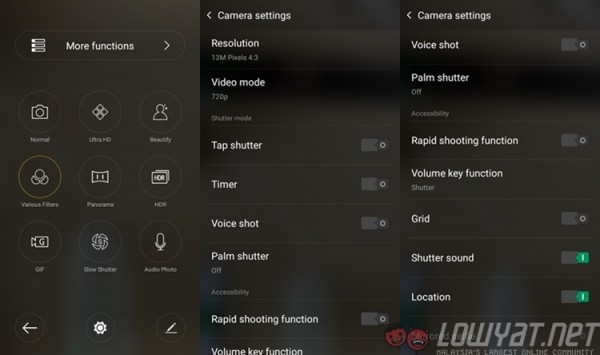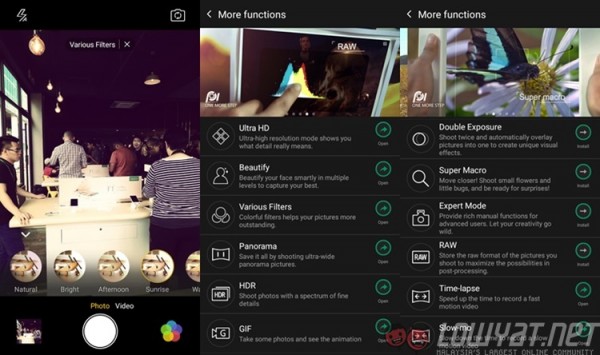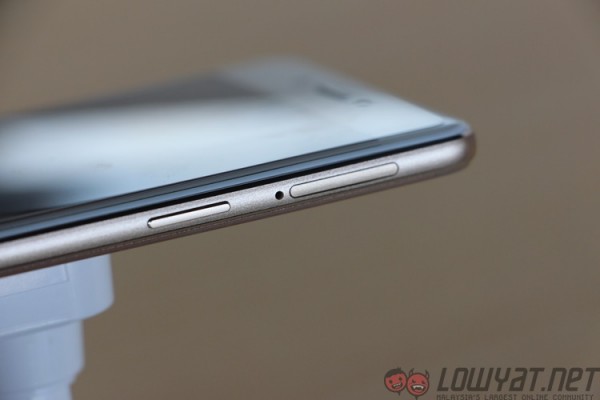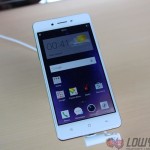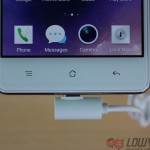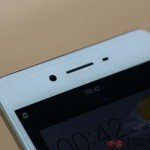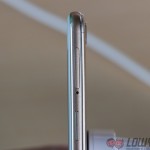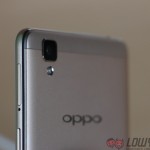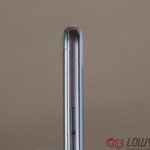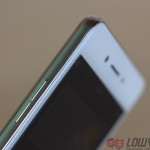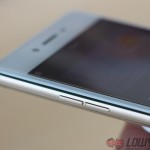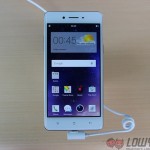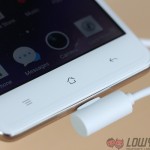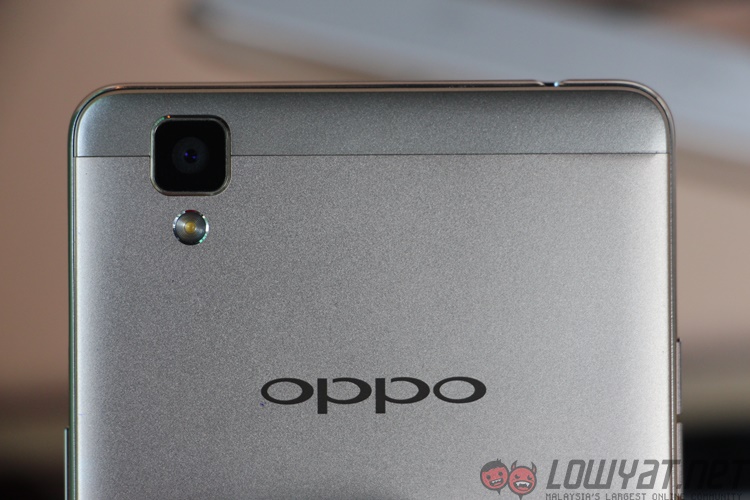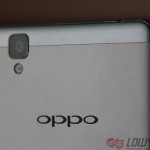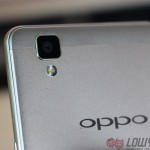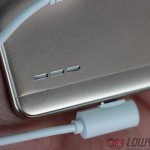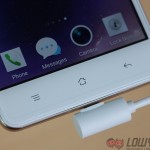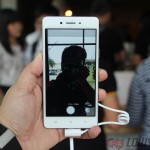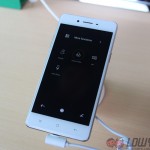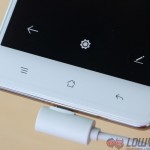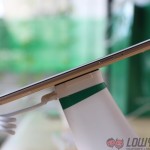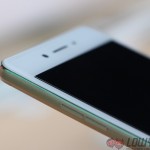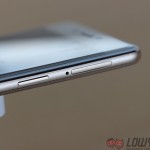Selfies have now become an unavoidable part of our lives, and there are bound to be smartphones that cater to this specific demand. Last week, Oppo introduced the Oppo F1, which is a device released under the newly-announced ‘F’ series. But with Oppo’s asking price of RM1,198 for the Oppo F1, what else does it offer other than a beefed up front camera?
The Oppo F1 runs on a 1.7GHz octa-core Qualcomm Snapdragon 616 processor coupled with 3GB of RAM. The device has 16GB of internal storage with support for microSD card expansion of up to 128GB. Oppo calls the F1 a “selfie expert”, and as such the front camera is a large 8MP unit while a 13MP camera can be found at the back. In terms of connectivity, the device supports dual-SIM dual-4G connections, as well as Bluetooth 4.0.
The device feels slim and has just the right amount of heft to it, making it not too light or too heavy for a 5-inch smartphone. Looking at the screen, you’ll see that the front and back uses 2.5D curved glass that meshes well with the chamfered edges.
For me, the volume rocker, power button, headphone jack and micro USB port are very well placed; the volume rocker feels clicky and the power button isn’t positioned too far to the top. Every physical button is easy to reach with one hand and that’s easily a plus for those who have small hands.
The Oppo F1 may only have a 720p display, but onscreen images are crisp, while colour reproduction is vibrant. As I was trying out the phone, there wasn’t any noticeable stutter or lag and the interface looks clean and simple, with big icons and easy-to-read fonts.
Oppo has beefed up the camera on the F1, packing a plethora of features for both the front and back cameras. For selfies, the 8MP front camera’s wide F2.0 aperture lens and 1/4-inch sensor really helps the F1 take detailed and bright selfies. The introduction of ‘Beautify 3.0’ and eight selfie filters really adds a lot of room for the user to expand their creativity for selfies; this is perhaps why Oppo calls it a “selfie expert”.
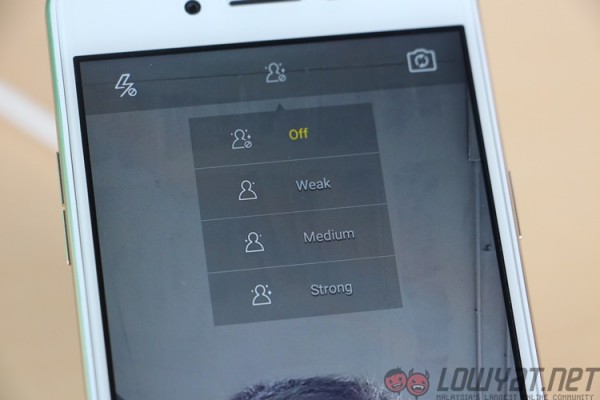
There are three levels in Beautify 3.0, ranging from weak, to medium and strong. I’ve tested them and even on “weak” mode I look a lot fairer in photos – even my pimples and blemishes were all gone. Pretty sweet feature, but it can be a little disorienting when I don’t look like anything in the photo I just shot of myself.
Apart from the standard photography modes found on most smartphones, the Oppo F1 also has features like double exposure, super macro, expert mode and super GIF. Double exposure lets you take two images and overlay one on top of the other to produce a photo that’s quite “artsy”. Whether or not the photo looks nice, it will depend on the two photos that are being used.
Besides that, the super GIF feature is quite awesome. Using this mode, you can either take a positive (standard) or reverse GIF straight from the camera. A reverse GIF is pretty cool to record things like stirring over latte art. Once you play the GIF, it will show you making latte art just by stirring the coffee in the cup. These camera modes are not readily available, but are easily available to download from the camera app itself.
I gave the Oppo F1’s camera a test run and here are the images I took during my brief time with it:
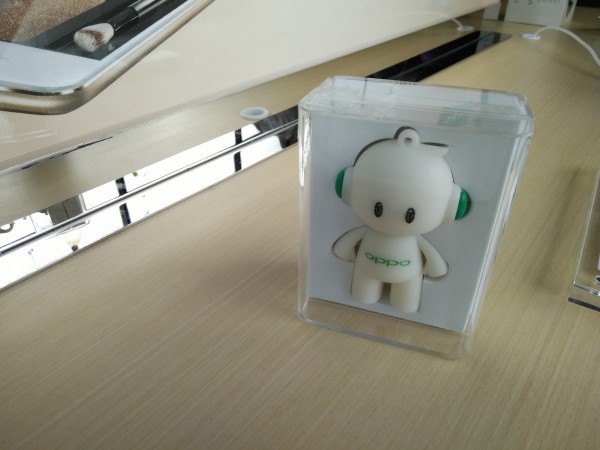
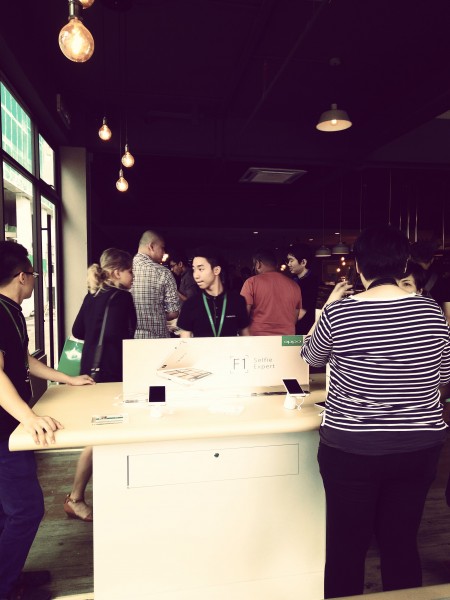
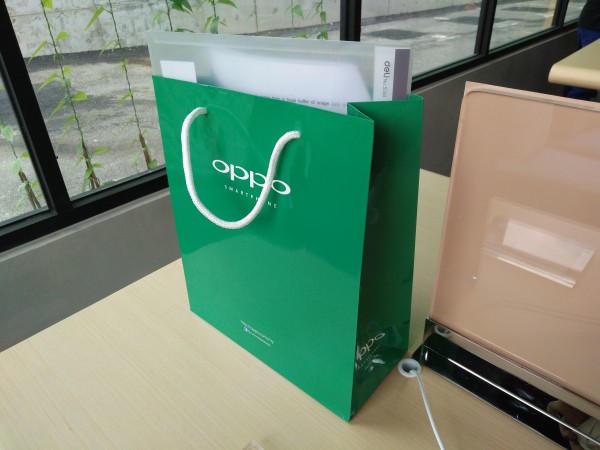
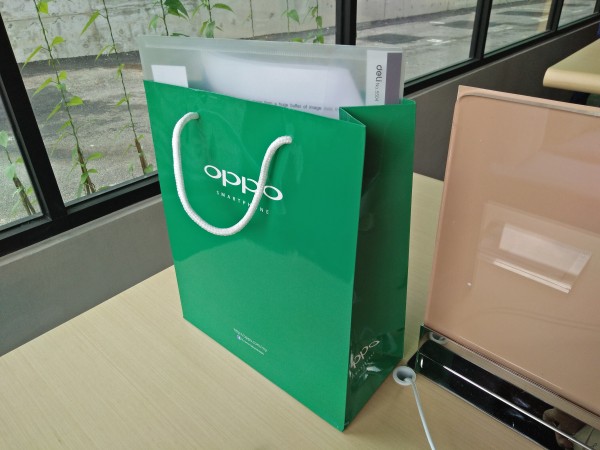
The Oppo F1 uses premium materials which is a welcome addition in any smartphone. However, the phone feels a little out of place with the RM1,198 price tag as it’s only equipped with a Snapdragon 616 processor and a 720p screen. That’s not to say that they are bad hardware choices, but this hardware combined with the high price tag won’t count in Oppo’s favour if it really wants to make an impact in the already saturated mid-range smartphone market.
Follow us on Instagram, Facebook, Twitter or Telegram for more updates and breaking news.


